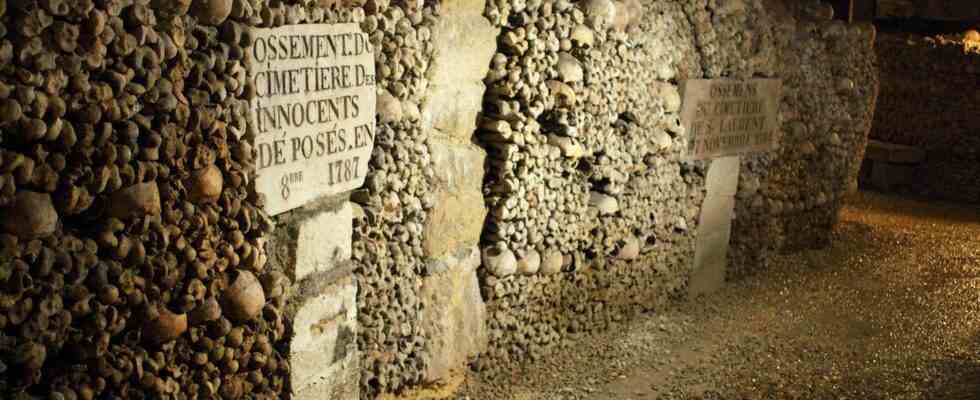The Netflix series “Dark Tourist” from 2018 already shows that many travel lovers are no longer interested in normal package holidays to exotic beaches or hiking in the mountains. In the documentary, journalist David Ferrier travels to “dark places” around the world – and explains to viewers what disaster tourism is all about.
What exactly are “dark places”?
Similar to “Lost Places” – that’s what abandoned places are called – “Dark Places” are tourist attractions that are deserted on the one hand but also have a dark, historical past. The places often include memorials or museums, such as concentration camp memorials, catacombs or former prisons, where visitors can not only look, but are also informed about the history of the respective place.
At the University of Central Lancashire in Great Britain, the question of why people are drawn to such places has been researched since 2012. Public interest in a “dark place” usually increases after the release of films, series or books – and is also subject to criticism. After the series “Chernobyl” there was a real hype about trips to the irradiated exclusion zone.
Chernobyl in Ukraine
One of the most well-known examples of a “dark place” is the Chernobyl Exclusion Zone in Ukraine, where, before the 2022 Russia-Ukraine war, regular tourist tours took place. In 1986 a nuclear accident happened there, in which a reactor of the nuclear power plant exploded. This catastrophe had fatal consequences for many people and the entire region is still contaminated today. Tourists were guided through the abandoned houses of the ghost town of Pripyat, were able to talk to former residents and even visit the nuclear power plant.
Sources: Bloodlust Podcast / spectrum

